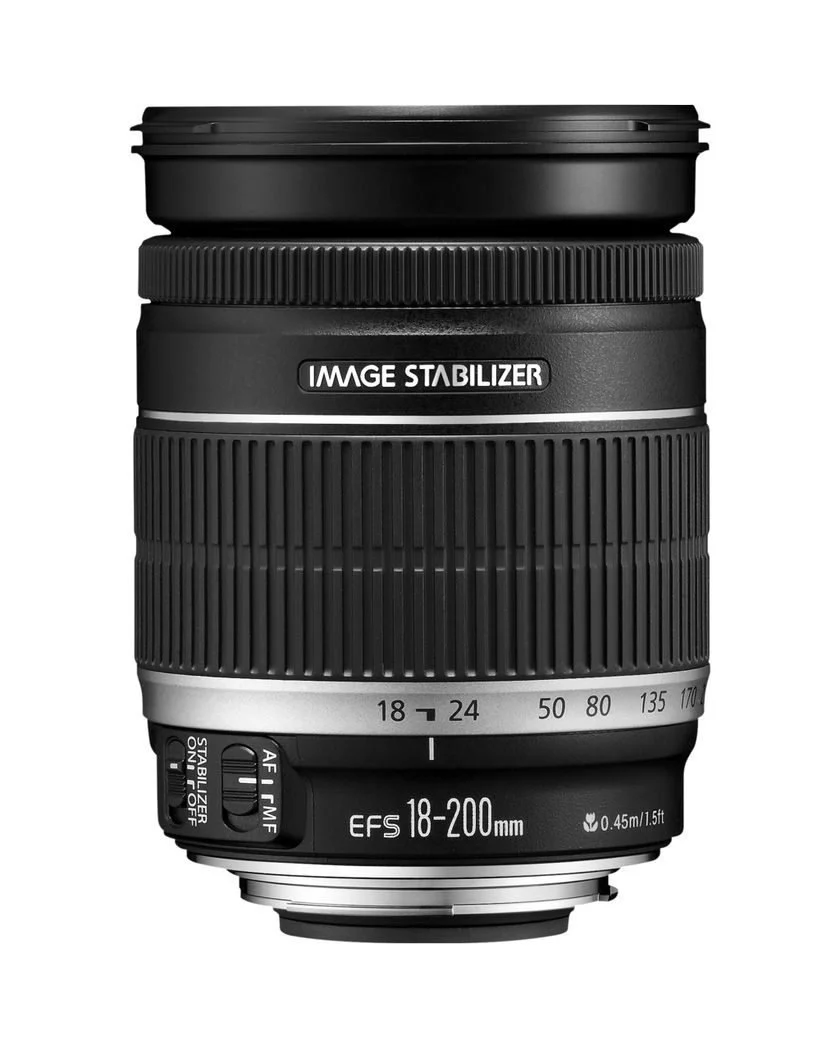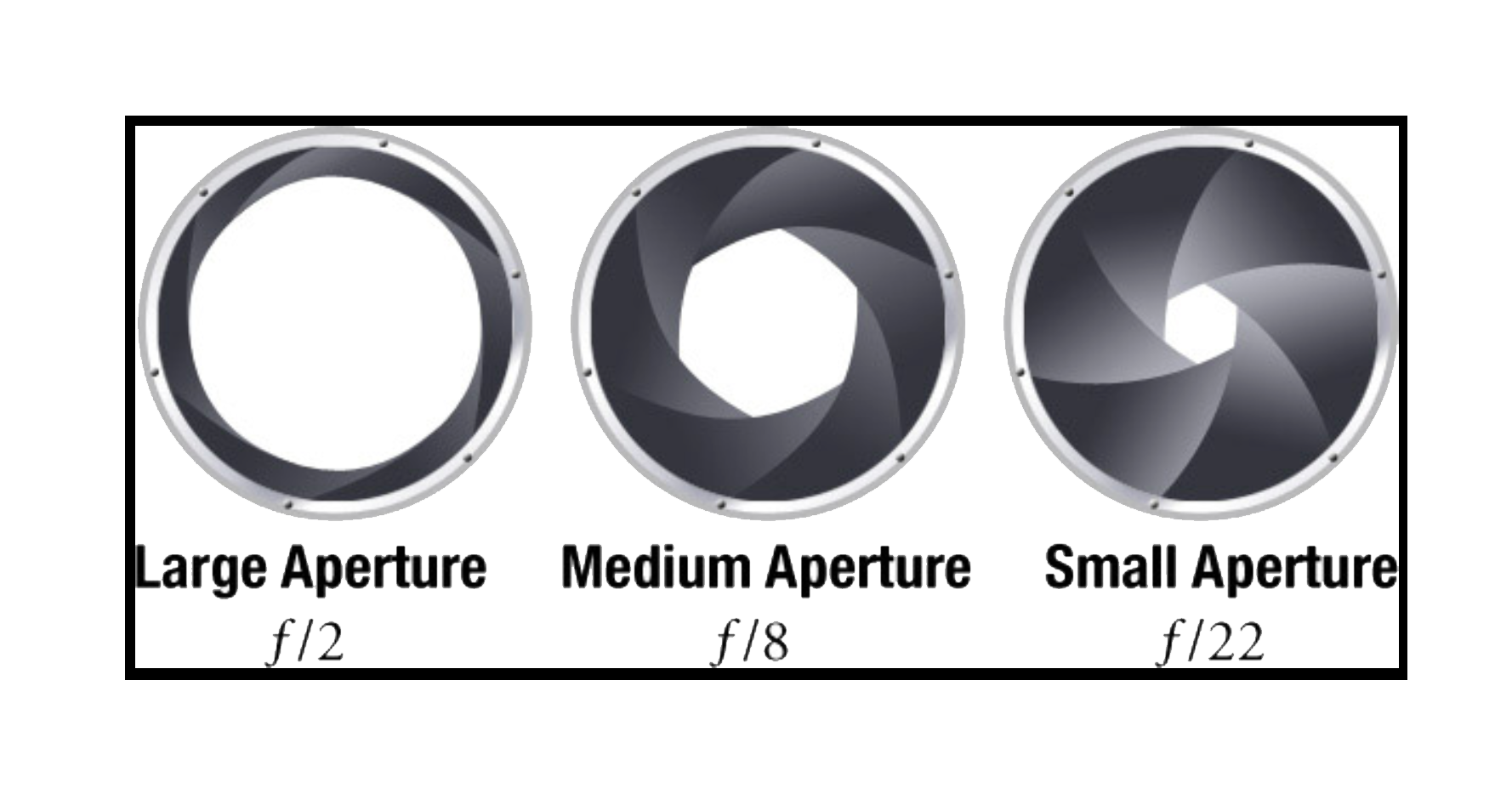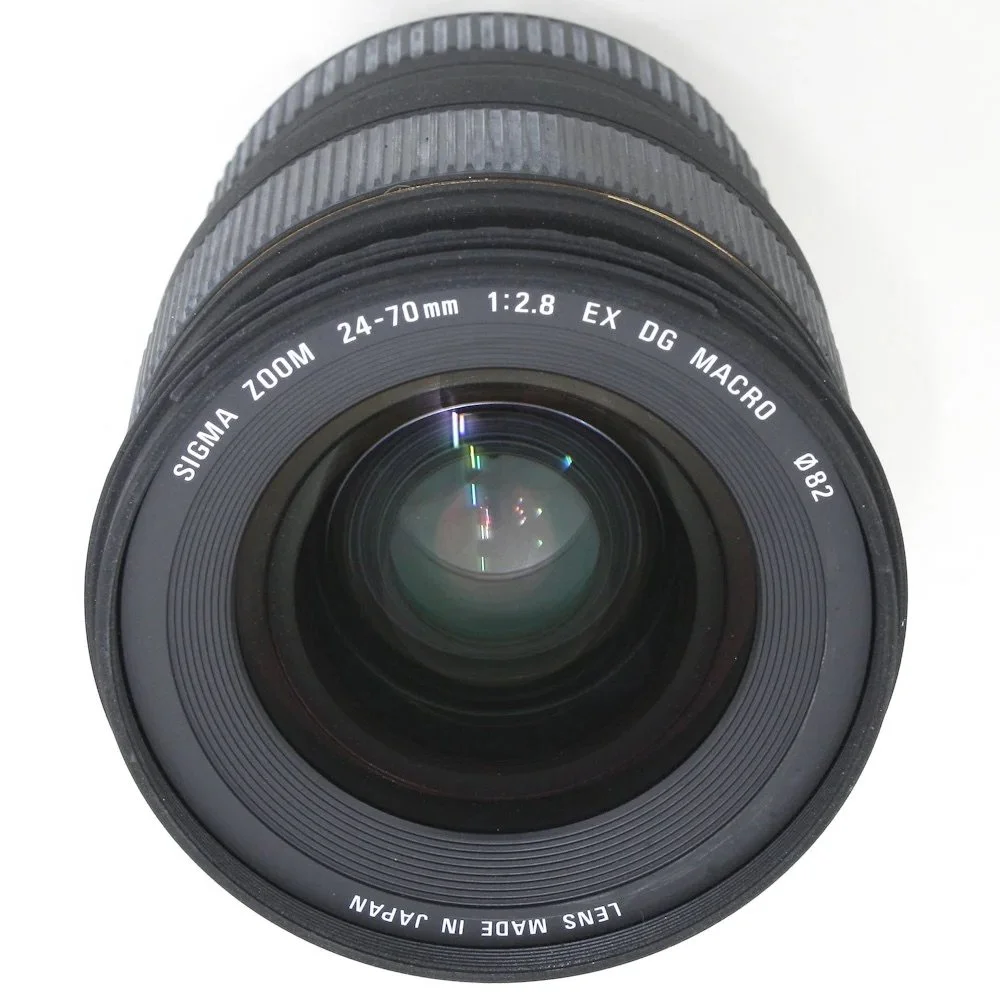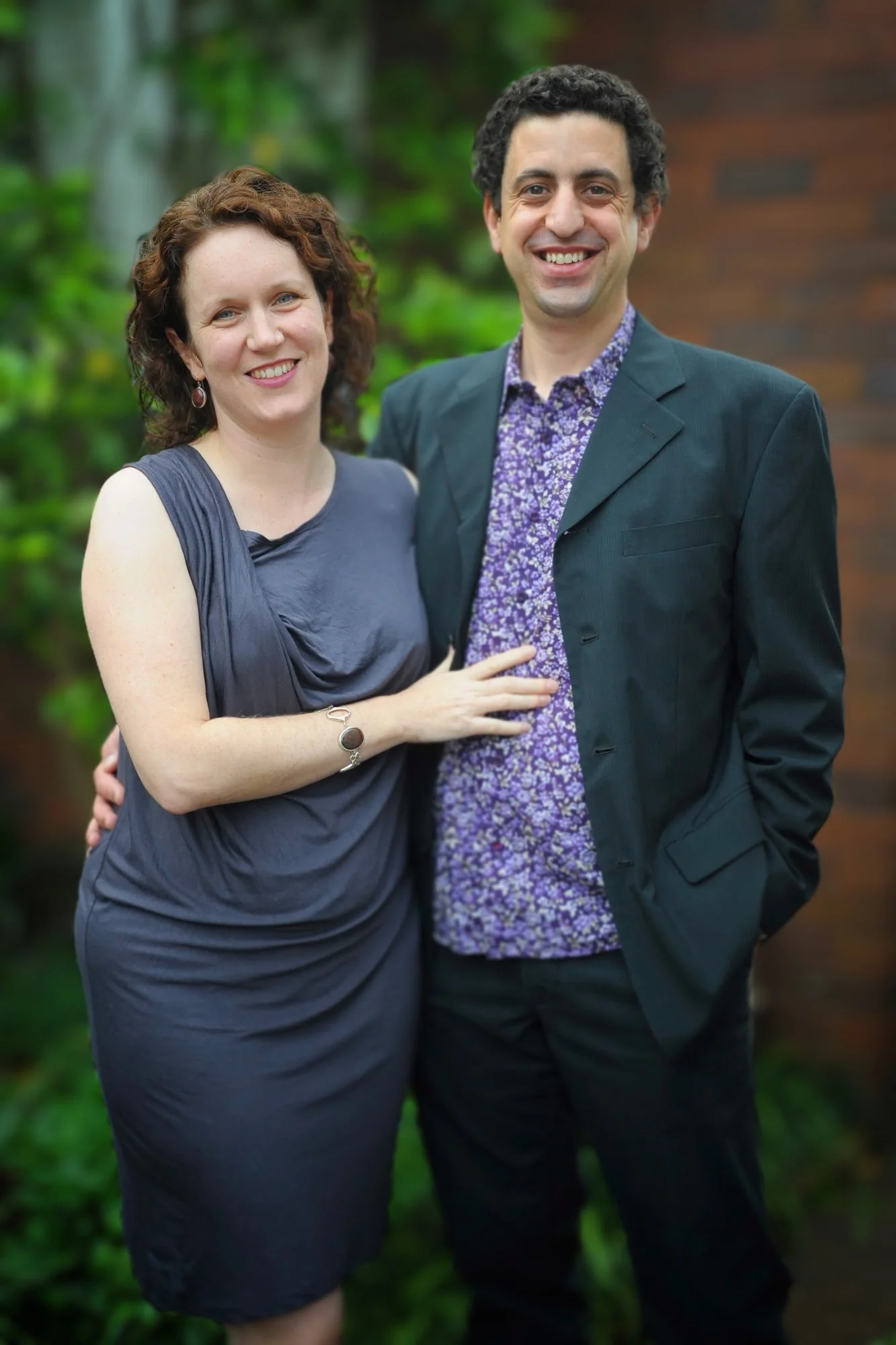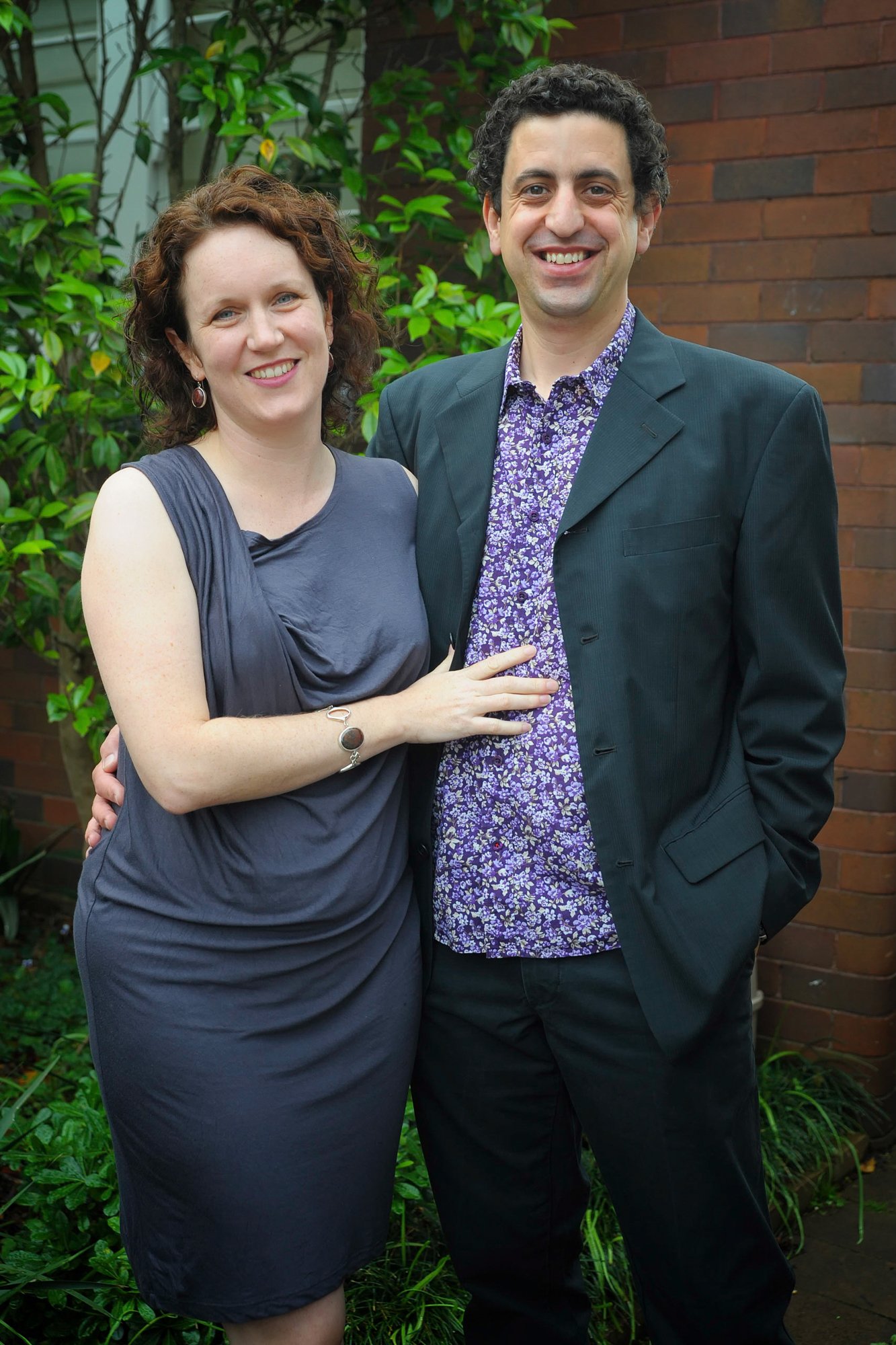Focal Length: Zoom and Perspective Capabilities
Focal length, f-stop, and zoom lens parameters might be confusing for beginning photographers. But choosing the correct lens requires a knowledge of these ideas. Let’s condense focal length, f-stop, and zoom lenses into five simple principles.
The term "focal length" describes the zooming capabilities and field of view of a lens. The wide-angle view offered by shorter focal lengths (such 18mm) is great for landscape photography and catching more of the scene.
Longer focal lengths, like 200mm, allow you to get a closer look at faraway scenes, making them ideal for sports or portrait photography.
Zoom lenses make it simple to zoom in or out by allowing you to change the focal length.
How to Control Light and Depth of Field with Aperture and F-Stop
The lens opening known as the aperture regulates how much light enters the camera.
The f-stop values (such as f/1.8, f/4, and f/16) are used to represent it.
Wider apertures are indicated by lower f-stop numbers, which let in more light. Wide apertures (like f/1.8) are great for low-light circumstances and for blurring the backdrop while keeping the subject crisp.
Because light is constrained by narrow apertures (like f/16), more aspects of the scene seem in focus.
Fixed vs. variable F-stop zoom lenses
Through the whole zoom range, fixed f-stop zoom lenses keep a constant maximum aperture (for example, f/2.8). They are more expensive but provide consistent exposure and depth of field.
As you zoom, the maximum aperture of a variable f-stop zoom lens can vary (for example, from f/3.5 to 5.6). Although they are less expensive, they might need changes to keep the exposure and depth of field constant while zooming.
Depth of Field: Flexibility in Design
A photograph's depth of field (DOF) determines the sharpness of the image. The chosen f-stop, focal length, and subject-to-camera distance all have an impact on it.
Shallow depth of field (DOF) is produced by wide apertures (like f/2.8), blurring the backdrop and isolating the subject. It is common practise in portrait photography to employ this method.
More aspects in the scene are in focus when using narrow apertures (like f/11).
You can manage the amount of background blur and focus in your photographs by having a solid understanding of DOF.


